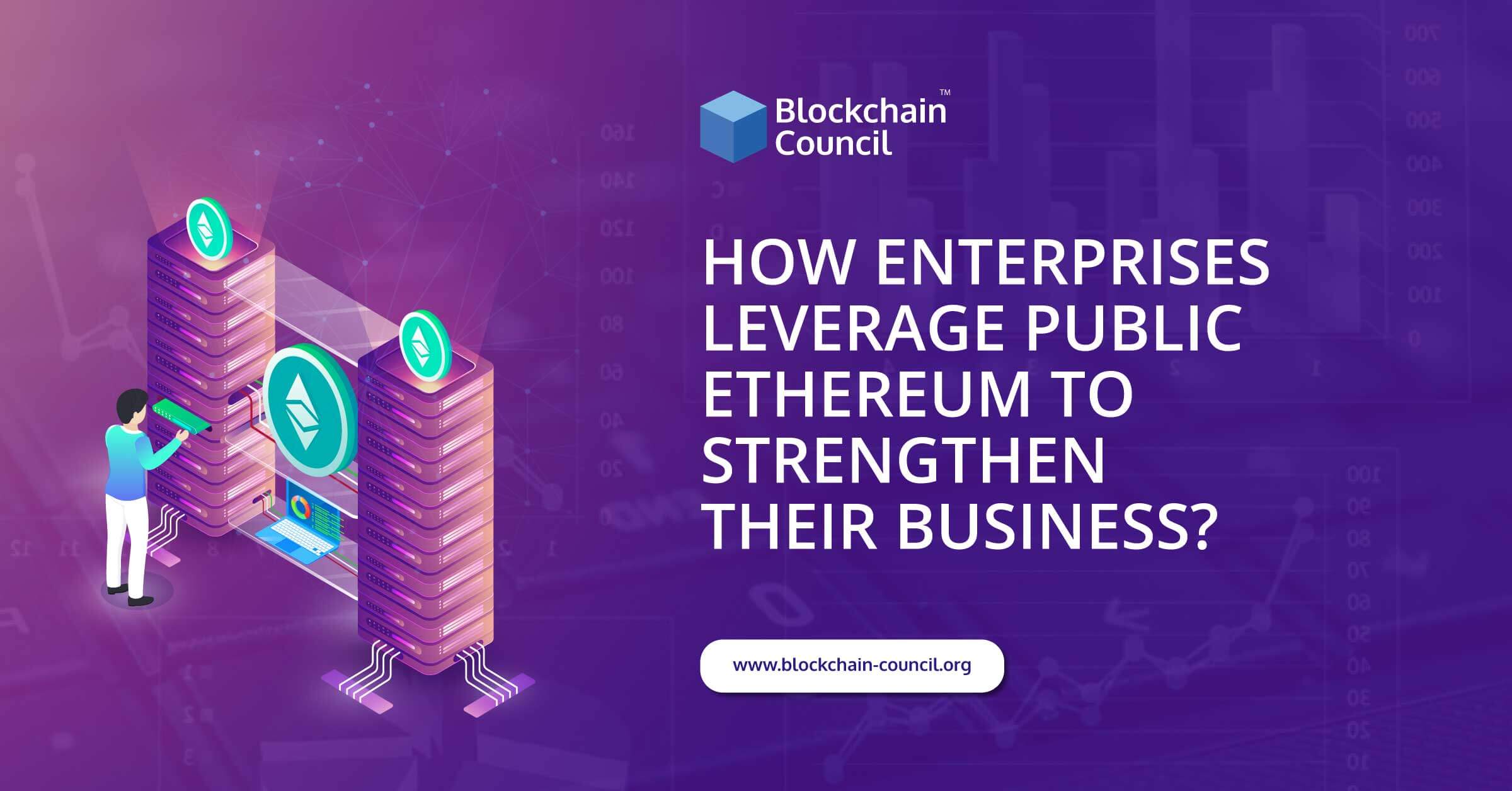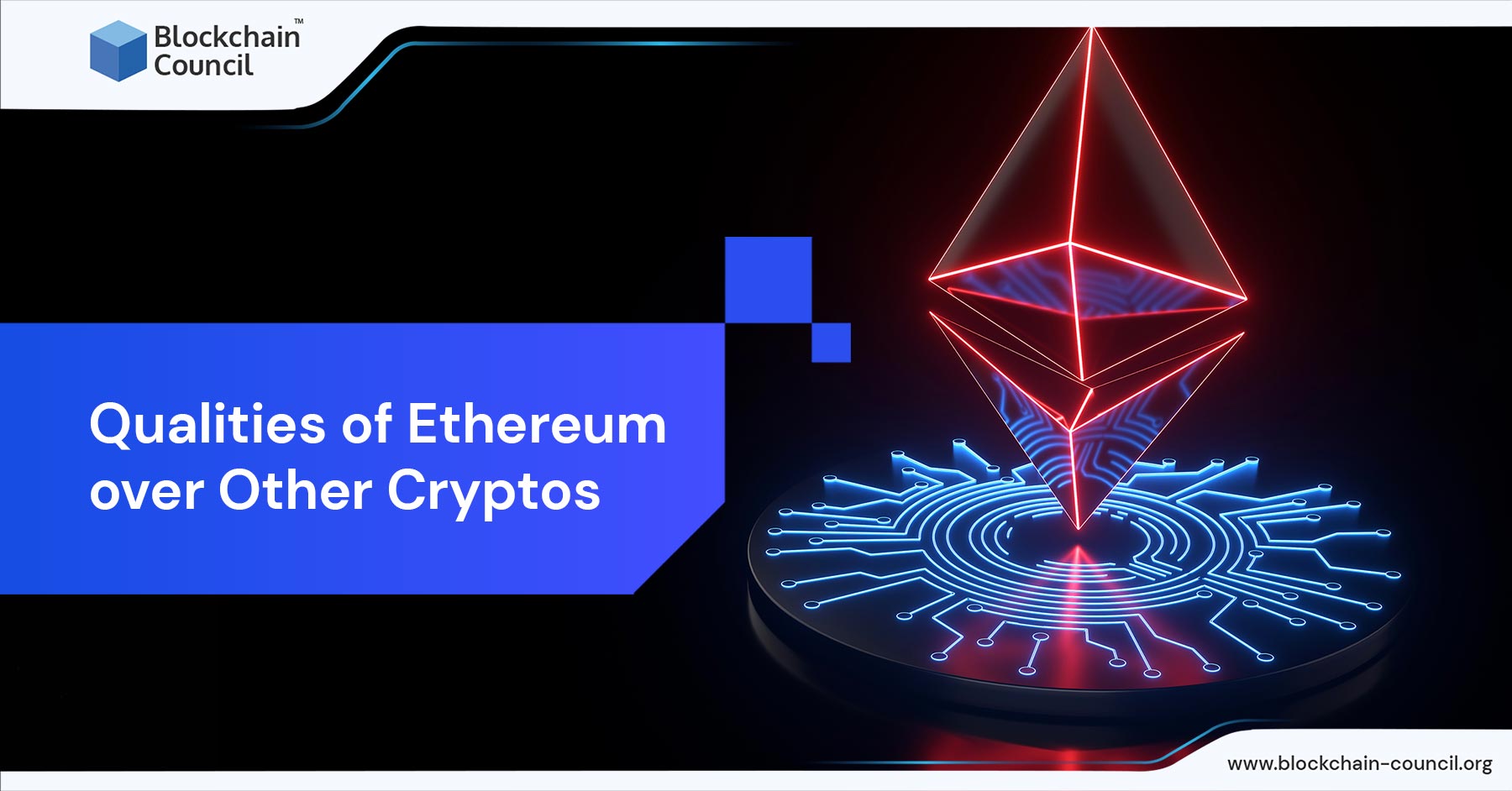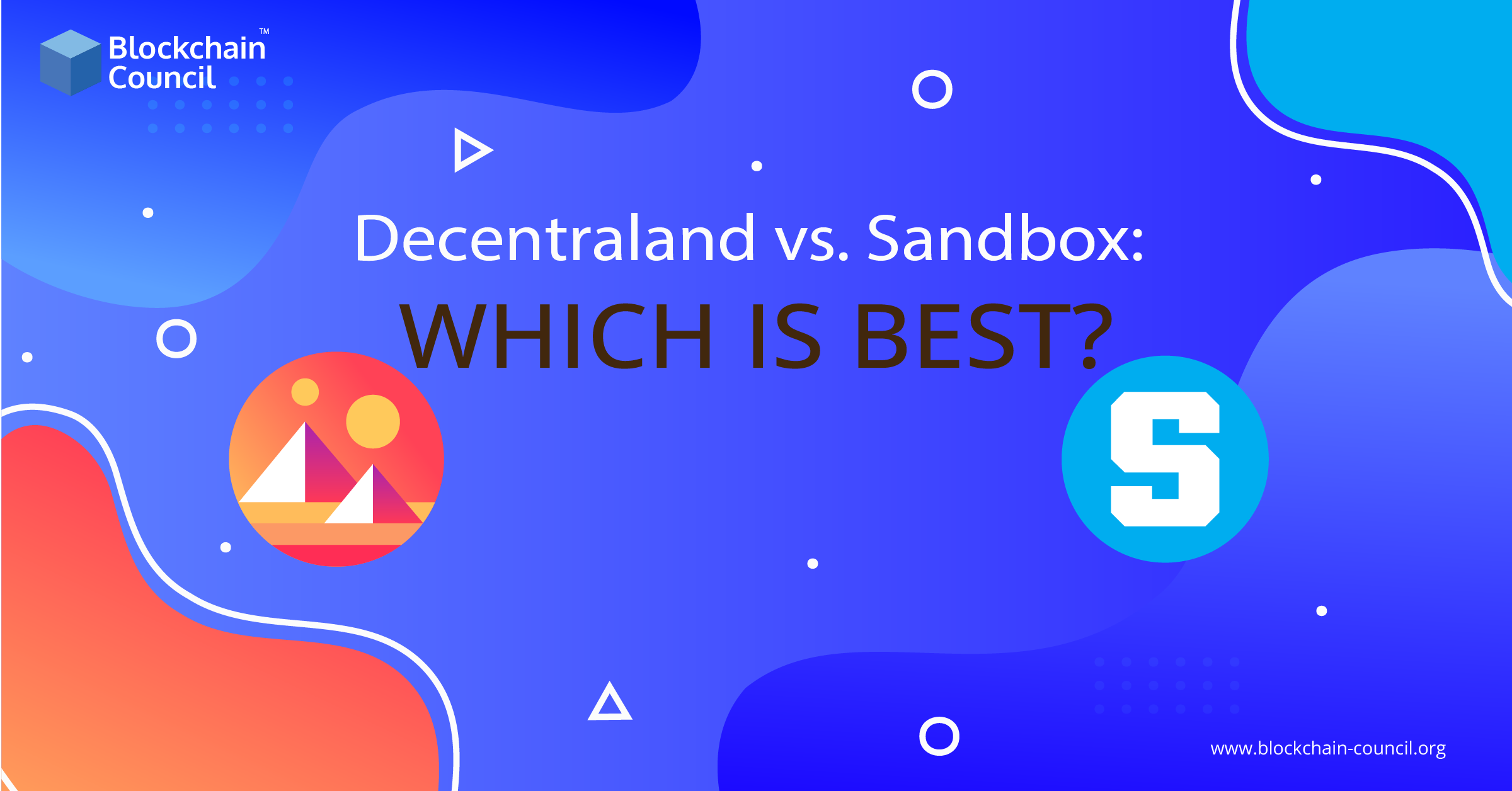
- Toshendra Kumar Sharma
- August 22, 2019
Ethereum is a global decentralized platform which enables one to write codes to control money and build applications which can be accessed from anywhere in the world. Ethereum is an open software platform which is based on the principles of blockchain technology. It allows developers to build and deploy decentralized applications. Ethereum allows developers to create operations based on their needs and this means that developers can build thousands of different applications.
Ethereum provides a decentralized machine called the Ethereum Virtual Machine (EVM) which executes scripts using an international network of public nodes. The ethereum community is regarded as the largest and most active blockchain community across the globe. It includes app developers, core protocol developers, mining organizations, Fortune 500 companies, ordinary users, etc. The native cryptocurrency of Ethereum is Ether (ETH). Ether is digital money which can be sent to anyone, anywhere.
Using Ethereum, developers can program their smart contracts. Smart contracts are self-executing contracts where terms of the agreement between the buyer and seller are directly written into lines of code. It is a computerized transaction protocol which executes the terms of a contract. Ethereum is a highly capable programmable blockchain which is used in many industries such as banking, financial services, asset management, healthcare, supply chain, etc. It is capable of executing billions of dollars in transaction value every day.
Reasons For Enterprises Eyeing The Ethereum Mainnet (Public Ethereum)
Ethereum can serve as both a private and a public blockchain. The Ethereum Main Network is a public blockchain. One can create their own Ethereum blockchain by setting up your very own unique network id and genesis file. It is the file which defines the first block (genesis block) of a blockchain. The Ethereum public mainnet was launched in 2015. This was followed by a raft of private blockchain offerings for enterprises. This caught the attention of companies extending business process across borders, prioritizing collaboration, and funding digitization efforts which have been pending for a long time. The efforts to make blockchains enterprise-friendly split the community into two groups: public and private networks. People have always believed that private blockchains are more secure than private ones. It is a dangerous belief.
Though it is true that the consensus mechanism of a private blockchain makes tampering with information impossible, these networks are not secure against data breaches as they must protect numerous copies where each is protected by a different company. Even among a group of permissioned partners, it is not wise for everyone in a consortium to be aware of the agreements operating between the participants of the network. Though private blockchains such as Hyperledger Fabric try to compartmentalize information inside a permissioned network, this is not the manner in which a blockchain is designed. This adds a tremendous amount of complexity. The good news is there is a way to use blockchain to increase security, reduce the complexity of system integration, and improve interoperability and resilience. This way, companies need not replace internal systems or build consortium blockchains. A consortium is semi-private and comprises of a controlled user group.
Enterprise blockchains often face the following conundrum. On one hand, we require information transparency across business networks and on the other, we need compartmentalization of information to ensure privacy and get more companies to participate. What makes sense, in the end, is allowing all parties to manage their systems with their private data but integrating them in a way where they can coordinate with everyone and quickly track down issues. A common frame of reference is needed to integrate different systems. We need to think of a way to pass messages between functions which run on independent systems so that the underlying data remains intact and is not exposed. Middleware can be purchased for this job, but it will turn out to be extremely expensive. The Ethereum Mainnet or the public Ethereum is looked at as a perfect solution as it can be used as a global integration hub which serves systems which work together. This way, private data will not be revealed. Though one might be tempted to use a private blockchain network for this purpose, Paul Brody, the global blockchain leader for Ernst & Young, is of the opinion that it is a bad idea for a business.
By using a Mainnet such as Ethereum 2.0, we can treat business integrations like workgroups and channels which are easy to create, combine, and recombine. The SAP inventory management system, ERP system, can work consistently and repeatedly without the need for setting up a new infrastructure for accommodating every set of partners. Renowned firms such as Microsoft and Ernst & Young are already ahead of this. For example, the recently released Trusted Compute specification allows automobile inspectors to query the manufacturer of the part, spot the issue with the production run, and gain an answer based on the authentic information generated by systems which do not expose the internal company data. Ernst & Young has developed the Nightfall project which uses the public Ethereum to post cryptographic proofs for compliance and system integration. A 150-year-old accounting firm using the public Ethereum speaks volumes considering the amount of confidential information it safeguards. In the year 2015, no enterprise had the interest to deploy the Ethereum public blockchain, but now, owing to its various capabilities, they have come to the conclusion that a public Ethereum or an Ethereum Mainnet is the ideal solution to put an end to half a century of brittle and bespoke system integration.
Leveraging Ethereum For Strengthening Businesses
Ethereum can be leveraged in several ways by enterprises as its architectural specifications make it the most promising blockchain for businesses. Some of the main reasons are:
-
Privacy
Ethereum uses permissioned networks and private transactions to control network access, data storage, and transaction execution. It offers advanced blockchain privacy capabilities. It uses added layers of privacy for specific transactions and helps businesses to benefit from the resilient and high-integrity mainnet of Ethereum.
-
Performance And Scalability
When Ethereum is implemented in an enterprise, it must be designed to sustain scalability, high performance, and finality to allow hundreds of transactions to take place per second and to allow periodic surges in network activity. This will eliminate the scaling constraints which we usually face with a public network.
-
Security And Resilience
Till date, Ethereum is the most hack-resistant network. The transactions it processes daily are more than that of any blockchain and it securely holds billions of dollars in value. Since its launch in 2015, it is real-world security tested. This assures enterprises of security and risk mitigation for all network capacities.
-
Interoperability
It enables seamless integration with the public Ethereum. This way, each enterprise Ethereum solution will have high integrity, global reach, extreme resilience, and access to the Ethereum ecosystem. These can also be customized to interoperate with other open-source blockchain projects thereby allowing expansion of existing solutions and future adaptation.





































































 Guides
Guides News
News Blockchain
Blockchain Cryptocurrency
& Digital Assets
Cryptocurrency
& Digital Assets Web3
Web3 Metaverse & NFTs
Metaverse & NFTs
